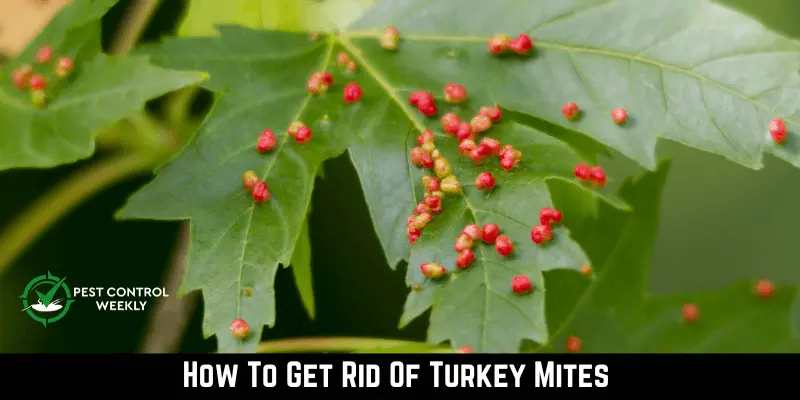Do you know about turkey mites and want to know how to get rid of turkey mites? Turkey mites made their homes in trees and leaves, where they hid food sources such as grain, hay, or seeds. They consume insects most of the time, but they can also bite humans.
However, after they have bitten you, they can carry infections that are potentially fatal. Therefore, it is essential to take measures to protect yourself against mites.
- Regularly wash your bedding in hot water and vacuum your home to remove mites and their allergens.
- Utilizing home solutions such as apple cider vinegar spray and essential oils (like peppermint and lavender) to deter mites.
- Using a miticide or a pesticide specifically designed to kill mites. Spray pyrethrin, a botanical insecticide, is also an effective solution.
- Applying commercial products such as DEET-based repellents or Sawyer Premium Insect Repellent to deter mites.
This article offers a wide range of information regarding mites, detailing a variety of topics related to them such as their behavior, identification, and more.
What Are Turkey Mites?
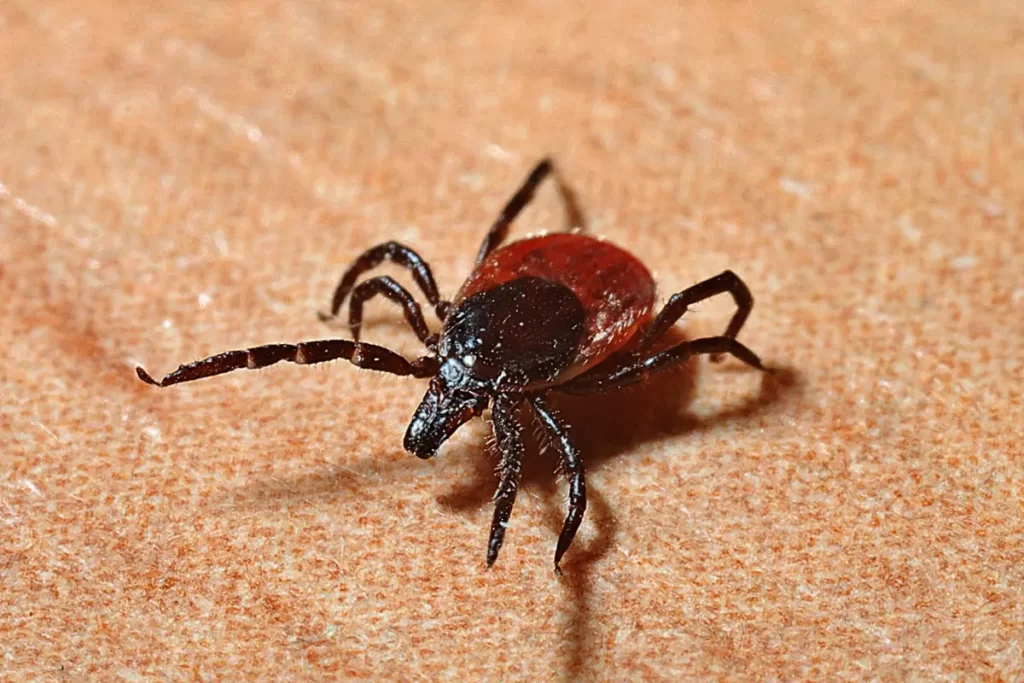
Entomologists believe that a turkey mite is the larval form of a Lone Star Tick. Turkey mites are tiny creatures with 6 or 8 legs. They are most active from July to October.
During this time, the larvae climb low plants and wait with their front legs outstretched for animals or people to walk by. Once they are on board, they crawl around, looking for a good place to attach themselves and eat.
The painful site where the tick is fed can irritate you for days after the tick has fallen off or been removed. The larvae and nymphs of lone star ticks live on turkey mites.
Early in the summer, female ticks laid thousands of eggs on the ground in large groups. Anyone who stands or walks through a place like this can easily pick up dozens or even hundreds of larvae.
Alternative Names Of Turkey Mites
A mite is one of the numerous words that can be used to refer to a very small amount. Other examples include a bit and a jot. The word “mite” refers to something that is extremely little. It’s not even close to being much.
Alternate names for turkey ticks are seed ticks and turkey mites. The alternate name of lone star tick larvae also refers to turkey mite larvae.
Identification Of Turkey Mites
Turkey mites look like ticks but are much smaller. Their bodies are bulbous, round, or pill-shaped. Mites are classified as arachnids and have eight legs with joints. Mites come in different sizes, but most are too small to see with the naked eye. Unfortunately, bites from turkey mites look a lot like bites from chiggers.
Turkey mite bites are red and itch like a rash. These small bumps get red, and swollen, and may even break out into blisters. Itchy spots can pop up anywhere on the body. The only difference between turkey mite bites and chigger bites is that turkey mite bites itch much more than chigger bites. The signs can last as long as three weeks.
Behavior Of Turkey Mites
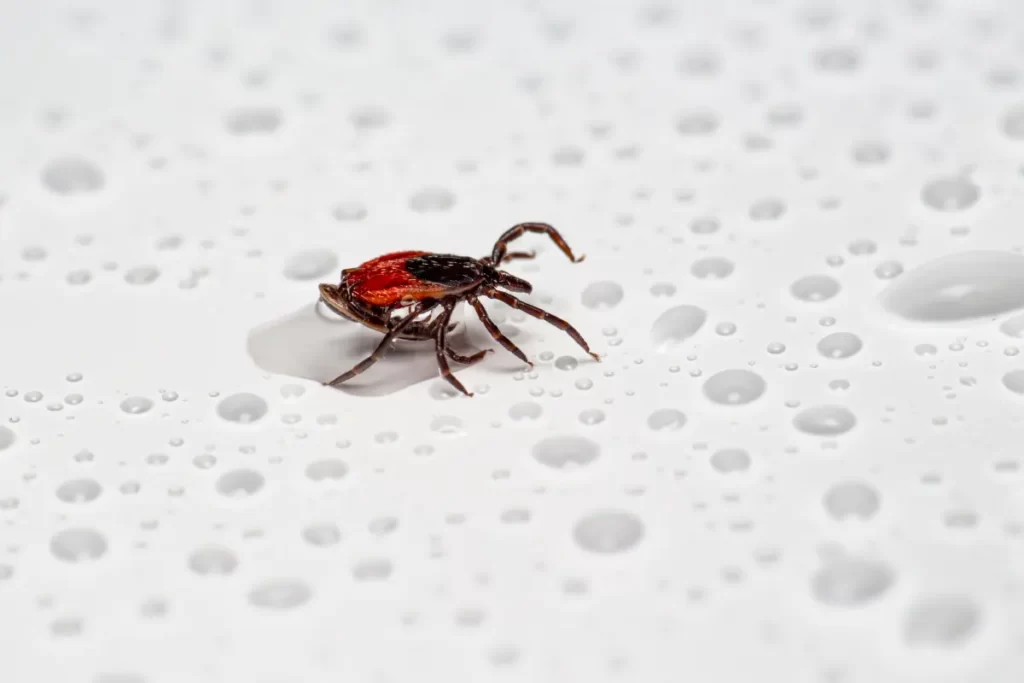
Turkey mites can make their hosts uncomfortable because they bite and suck blood. Some species can also cause severe allergic reactions. Mites are more closely related to ticks and spiders than to insects. Most mites can be seen with the naked eye and are usually 1/8 inch long or less.
Four distinct stages—egg, larva, nymph, and adult—comprise their whole life cycle. A nymph develops from a larva, which in turn develops from an egg. The nymph will mature into an adult after a further cycle or two. Similar to tick larvae, mite larvae have three sets of legs, whereas nymphs and adults have four.
Turkey Mite Bite
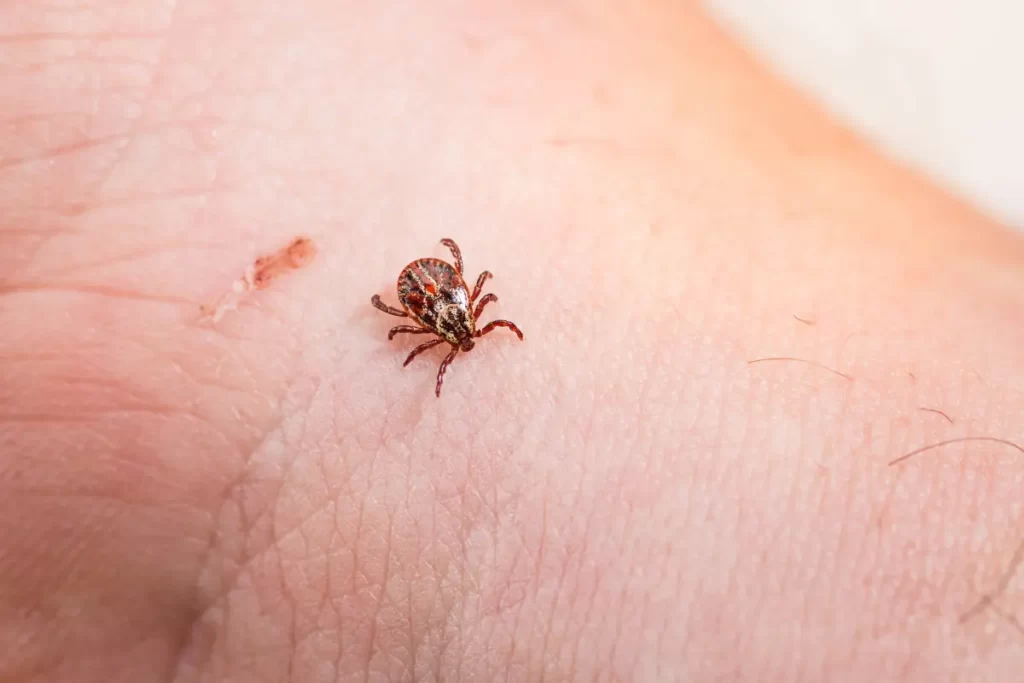
A lone star tick or turkey mite larva will make a small cut in the skin and enter its feeding tube once it has located a host. Ticks have spikes on their feeding tubes, which help them connect to the host they feed on.
Ticks draw the blood of their host at every stage of their development. When the host is eating, they are most likely to develop a disease that they could pass on to other hosts.
Turkey Mite-Related Diseases
There is evidence that Lone Star Ticks prefer to live on wild turkeys. The ability of these ticks to transmit diseases of human concern, such as ehrlichiosis and alpha-gal syndrome red meat allergy, makes them attractive.
Ehrlichiosis
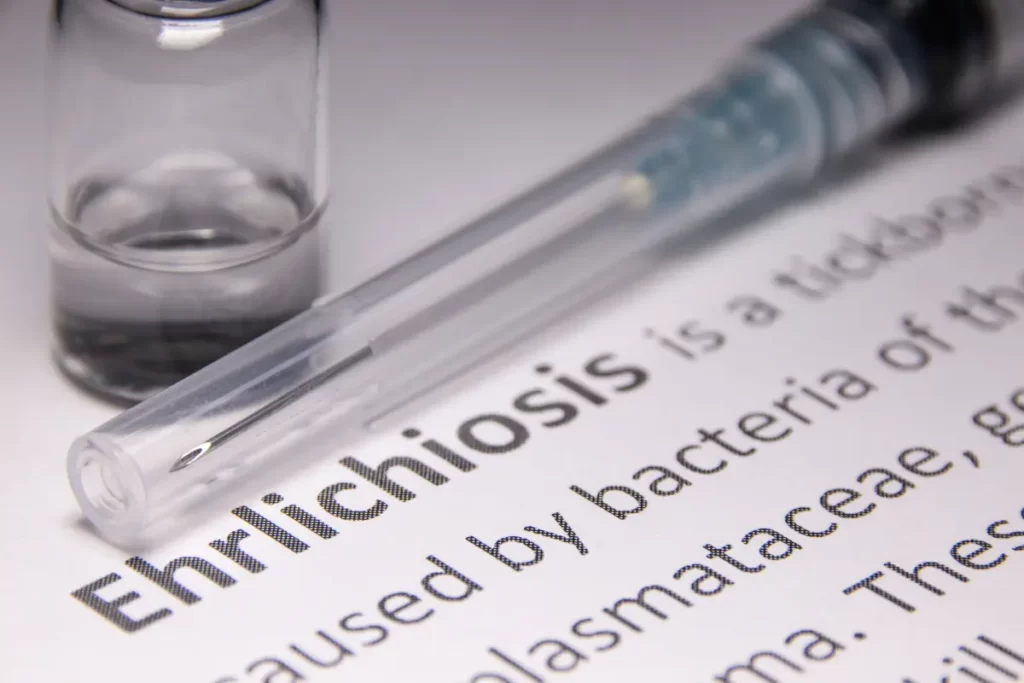
People know that tick bites can cause Lyme disease, but they can also spread a disease called ehrlichiosis. Ehrlichiosis is a bacterial disease that causes fever and aches like the flu. If you don’t treat it, it can lead to severe problems.
Ehrlichiosis is most often caused by a bite from an infected lone star tick, but dog ticks or deer ticks can also pass it on. Lone star ticks are common in the Southeast and South Central United States, as well as along the East Coast. On the back of the females, there is a white spot.
Alpha-Gal Syndrome
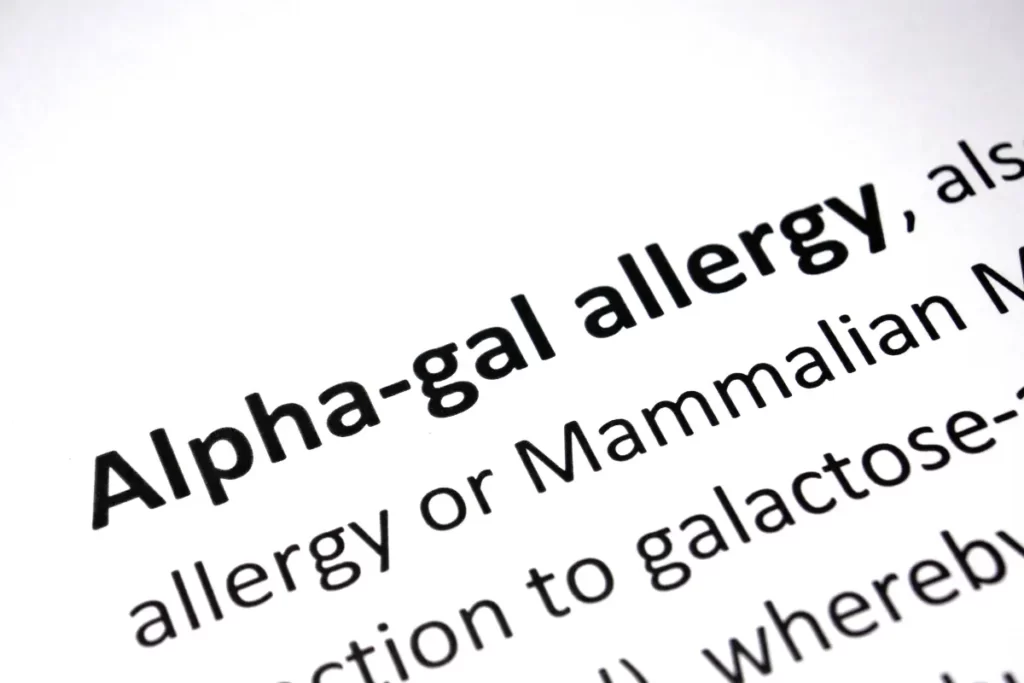
You can die from an allergic reaction called alpha-gal syndrome (AGS, which also goes by the names red meat allergy and tick bite meat allergy. AGS symptoms manifest in those who eat red meat or otherwise consume food containing alpha-gal. Life-altering effects of AGS are real.
There is mounting evidence that a lone star tick bite in the United States may trigger this reaction, however, other tick species cannot be completely ruled out. Lone star ticks are widespread in the eastern and southeastern United States.
Common Hosts of Turkey Mites

According to the Indiana Department of Natural Resources The most common host of Turkey mites are mammals like cattle in grassy areas and along the edges of wooded areas. They also live on turkeys and rodents like mice, chipmunks, and squirrels.
The first area they attacked was in the southwestern part of the state. This was the start of their reign of terror in the forests of Indiana.
As deer hunting seasons came and went, the seed ticks kept moving toward the northern parts of the state. They did this by jumping from one host to another as they went north.
12 Ways To Get Rid Of Turkey Mites
Following are the ways to get rid of turkey mites:
Changing Your Bedding

To get rid of turkey mites, you should wash all washable bedding at least once per week in water at least 130 degrees Fahrenheit. This will eliminate allergies and kill turkey mites. Dry non-washable items in a hot tumble dryer for 15 minutes once a week.
Turkey mites can also be killed by putting the item that can’t be washed in a plastic bag and freezing it for 24 hours. This will kill the mites, but it won’t eliminate the allergens.
Vacuum

The vacuum cleaner is made to remove mite allergens from your bed, couch, and mattress. It has a UV-C light and an electric brush roll. Dust mites and allergens from dust mites are tapped out of bed by the electric brush roll. When the machine moves, the UV-C light kills mites and germs.
The dirt inside will kill them if they get into the vacuum bag. Bugs that make it through the vacuum and are still alive in the bag can crawl out. When you’re done vacuuming, throw away the bag or empty the canister, so they don’t have a chance to get out.
Apple Cider Vinegar Spray

The health advantages of apple cider vinegar are pretty impressive. One reason is its high acidity level, which plants parasites such as turkey mites find highly offensive. As a result, it has excellent pest management qualities.
An apple cider vinegar bath can be used to get rid of mange mites. Combine warm water, one-half cup of borax, and one-half cup of apple cider vinegar in a mixing bowl. Before applying the solution to your dog’s skin and fur with a sponge, make sure that the borax has completely dissolved in the liquid.
Essential Oils Spray

The essential oils of peppermint and lavender are effective against mites because they kill them when they are inhaled and touched. where the level of eucalyptus oil activity was the lowest.
Essential oils have chemicals that can kill or scare away insects, like turkey mites. They are especially good at keeping mosquitoes away. People think clove oil, rosemary oil, and eucalyptus oil are the best essential oils for removing dust mites. Spray your mattress, couch, draperies, and other dust mite hangouts with witch hazel with a few drops of essential oil added.
Use A Shampoo

Shampoo with benzoyl peroxide is one of the best things to eliminate mites. benzoyl peroxide is the best deep cleaner for pets and is often used to treat turkey mites.
It can kill bacteria, clean oily dog fur, soften skin, open pores, and “flush” hair follicles in a way that nothing else can. Mild mange can sometimes be cured by shampooing hard and boosting the immune system.
All cleansers for dogs’ skin and coats help clean the body, get rid of excess oil, and get rid of that “dog smell,” but benzoyl peroxide shampoos have different uses, like opening and flushing the hair follicles.
Apply A Pesticide
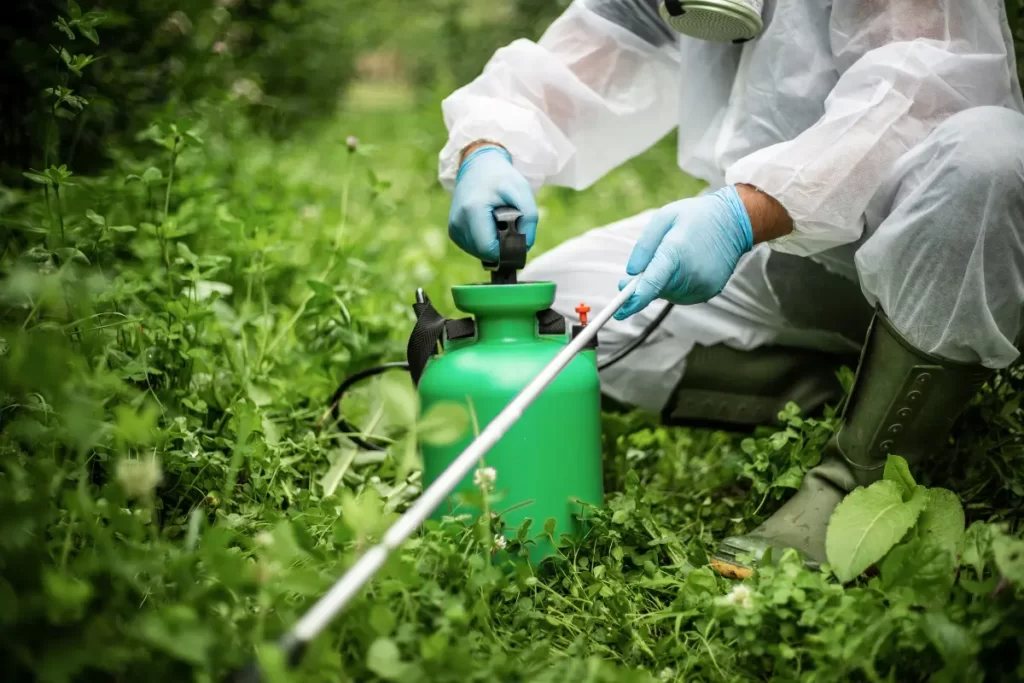
A miticide also called an acaricide, is any chemical used to kill mites or ticks, especially those that damage ornamental or food plants and can’t be killed by most insecticides. Miticides frequently utilized include azobenzene, dicofol, Ovex, and tetradifon.
A significant number of miticides are lethal to adult animals and the eggs and larvae they feed on. Some of them are dangerous for honeybees and other insects that humans need.
Spray Pyrethrin
The combination of insecticide soap and botanical pyrethrins will kill turkey mites. If you see mites on your plants, you can kill them with Neem oil, which also kills the mite’s eggs and larvae to keep them from coming back.
Mite control experts mix pyrethroids with water or oil to make a spray that kills mites. When used correctly, pyrethroids don’t pose much of a threat to people’s health or the environment. Stay inside during and for about 30 minutes after pyrethroid spraying if you want to limit your exposure.
Hot Soapy Bath
To eliminate the mites themselves, bathe yourself with hot water and soap, then scrub your skin with a washcloth. The itching that results from mite bites can become very acute. Temperatures in the water of at least 55 degrees Celsius were enough to kill all of the mites. None of the pure detergents or laundry solutions that were tested made killing work better at lower temperatures.
Sawyer Premium Insect Repellent
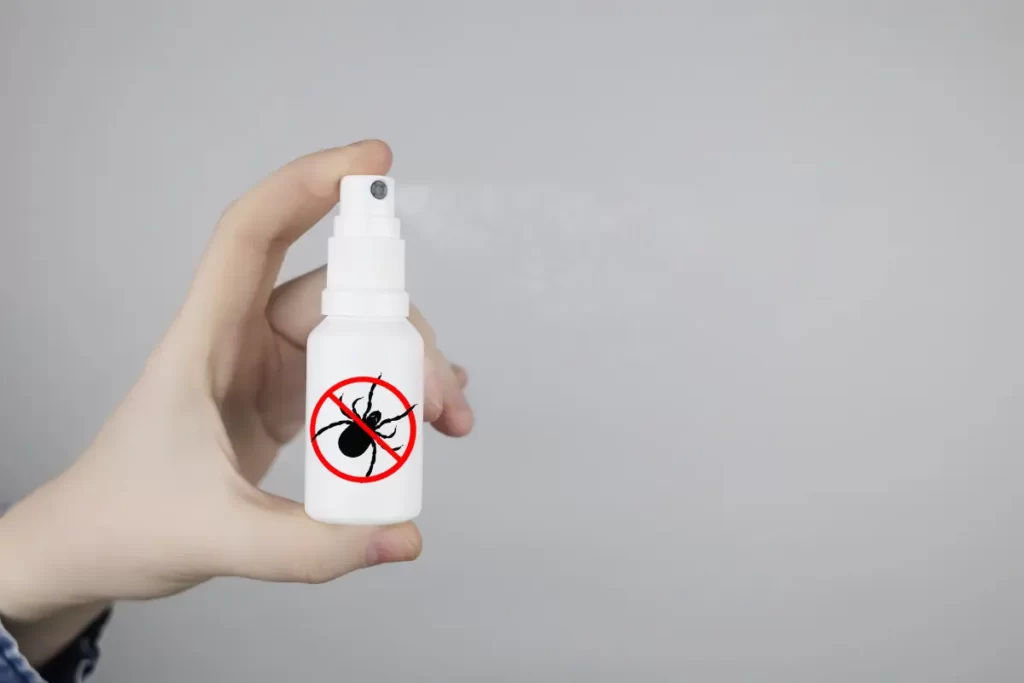
Sawyer premium insect repellent is a good way to get rid of turkey mites. The skin, the lungs, or the digestive tract can absorb pyrethroid permethrin. permethrin is a non-toxic or moderately toxic pesticide.
In sensitive individuals, short-term side effects may include irritation of the eyes, skin, nose, and throat, as well as difficulty breathing. When you spray permethrin, you should wear a face mask. Don’t put permethrin from farming on your clothes.
Deet-based repellents
DEET, which is also called N, N-diethyl-m-toluamide, is an insect repellent that is used to kill mites. Since the 1970s, millions of people around the world have used DEET-based bug sprays to keep mosquitoes, ticks, fleas, biting flies, and chiggers away. Chiggers are a parasite that feeds on the blood of humans.
Allergy Medication

Antihistamines like fexofenadine, loratadine, cetirizine, and others are easy to get. Antihistamines come in pill and liquid form, and there are even syrups made just for kids.
Antihistamines work by stopping the immune system from making histamine, which is what causes an allergic reaction. These medications alleviate symptoms such as itching, sneezing, and a runny nose.
Applying Hydrocortisone Cream

Mites can cause swelling, itching, and irritation on the skin, which can be treated with hydrocortisone skin treatments. Hydrocortisone is a steroid, which is a type of medicine. Steroids and anabolic steroids are not the same things.
Up to 1% strength of hydrocortisone skin cream is sold in pharmacies. Hydrocortisone butyrate is a stronger version of hydrocortisone cream. Only people with a prescription can get this.
FAQs
Summing Up
Undoubtedly, human exposure to turkey mites can be harmful. They transmit several different infections, any one of which has the potential to make someone sick. They may also transfer alpha-gal, a sugar that can cause humans to become allergic to red meat.
In addition to producing skin irritation and rashes, this sugar can also cause alpha-gal to be transferred. It is critical to take your pet to the veterinarian as soon as possible if you suspect they have a turkey mite infestation. Turkey mites can cause serious health problems for both humans and animals.
References
Rassouli M, Darvishi MM, Lima SR. Ectoparasite (louse, mite, and tick) infestations on female turkeys (Galliformes, Phasianidae. Meleagris gallopavo) in Iran. J Parasit Dis. 2016 Dec;40(4):1226-1229.
Akyol, M., Koç, K. The camerobiid mites (Acari, Camerobiidae) of Turkey. Biologia 61, 125–132 (2006).
